Why your team can win the World Series: No. 1 and 2 seeds
This year's postseason field is one of the most open in recent memory.
The majors didn't have a 100-win team for the first time since 2014 after six straight full seasons with at least three of them. The last time MLB lacked a superteam, the 88-win Giants beat the 89-win Royals in seven games to win the 2014 World Series.
This October, every club in the field has a path to the title. So how can your team win it all?
In theScore's postseason preview series, we now turn to the best regular-season teams - the top seeds that earned byes into the division round.
Previously: Why the Royals and Tigers can win it all | Why the Padres and Mets can win it all
National League
No. 1 Los Angeles Dodgers
The Dodgers are perhaps the closest thing in the field to a superteam. They certainly aimed to attain that status when they handed out more than $1 billion in free agency to Shohei Ohtani and Yoshinobu Yamamoto.
If not for a rash of injuries - they used the second-most pitchers in the sport (40) - the Dodgers almost certainly would have exceeded 100 wins.
They still won an MLB-best 98 games despite injuries to Tyler Glasnow (gone since mid-August), Gavin Stone (out since Sept. 1), and Yamamoto (missed almost half the season but returned Sept. 10). Future Hall of Famer Clayton Kershaw is dealing with toe issues after missing most of the season recovering from shoulder surgery.
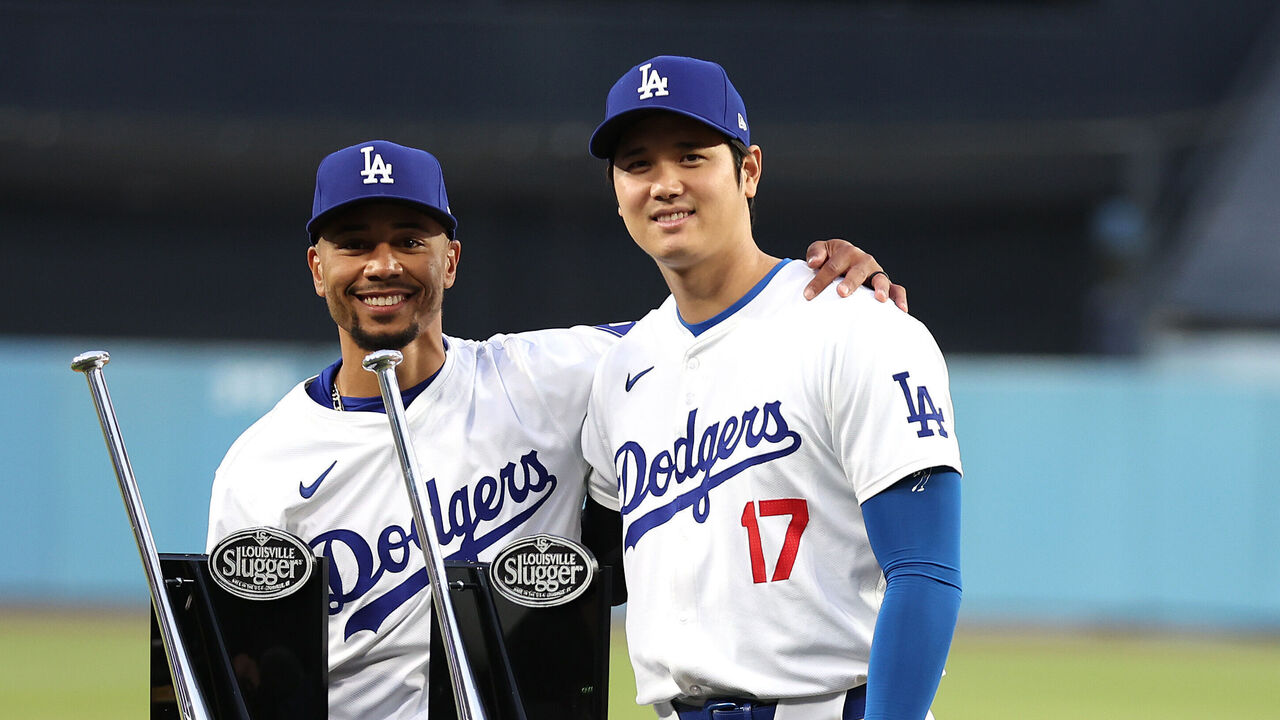
Deadline additions such as starter Jack Flaherty and new closer Michael Kopech - whom the Dodgers quickly improved by limiting his reliance on his fastball - were much-needed. If the Dodgers are to win it all, both will likely play prominent roles.
Still, no other team in the October playoff sprint boasts a top of the lineup like the Dodgers'.
Rostering Ohtani is a cheat code. The first player to record a 50-50 season, his individual ability to alter a series with his bat is unrivaled in the NL field. Fellow former MVPs Mookie Betts and Freddie Freeman follow him in the batting order.
Star power alone isn't enough to contend for a title (just ask Ohtani, who's finally making his first playoff appearance after leaving Mike Trout and the Angels), but the Dodgers also have depth. In MLB history, World Series-winning teams roster an average of 4.1 position players who compiled more than 3.0 WAR. The Dodgers have seven such players, the most of any team this season.

Behind the lineup's Big Three, Teoscar Hernández set a career high this season with 33 homers. Former top prospect Gavin Lux, who'd struggled mightily in his big-league career so far, posted a 152 wRC+ in the second half as the club's No. 8 hitter.
Power can have an even bigger impact in the postseason because fewer balls are generally put in play, which makes it difficult to score by stringing hits together. The Dodgers have plenty of power; they led the NL in homers and the majors in slugging percentage. According to FanGraphs' ZiPS projections, they have the strongest roster in the postseason field.
If the Dodgers can somehow cobble together enough pitching, they can slug their way to a championship.
No. 2 Philadelphia Phillies
The Phillies have captured postseason magic in back-to-back Octobers under manager Rob Thomson, advancing to the World Series in 2022 and making the NLCS last fall. While it's difficult to know the true value of a manager, Thomson does get the most out of his players.
Another reason the Phillies have exceeded expectations in the last two autumns is because the regular season and postseason are two different games, and they're better suited for the playoffs.

They have power bats - home runs account for a greater share of run scoring in the postseason - along with top-end starters in Aaron Nola, Zack Wheeler, and now Cristopher Sánchez. The best pitchers on a team can handle the lion's share of playoff innings thanks to added travel days.
The Phillies still feature those components, and this year, they're even better in couple of key areas.
They're deeper, especially on the pitching side. Sánchez carried over his form from the end of last season to emerge as another strong rotation option. The bullpen is loaded with Jeff Hoffman, Orion Kerkering, Matt Strahm, and Carlos Estévez.
The Phillies also improved a weakness that plagued them in recent years: defense.
After ranking 28th in FanGraphs' defensive value measure in 2022 and 22nd last season, they made a huge leap to ninth this year. Using Defensive Runs Saved, they climbed from minus-33 in 2022 to minus-30 in 2023 to plus-3 this year. That's estimated to be worth about three wins, and the Phillies won five more games than in 2023, finishing with a Thomson-era best 95.
After converting to first base following elbow surgery last season, Bryce Harper posted better defensive metrics in 2024. His Outs Above Average mark from Statcast climbed from zero last year to plus-7 this year.
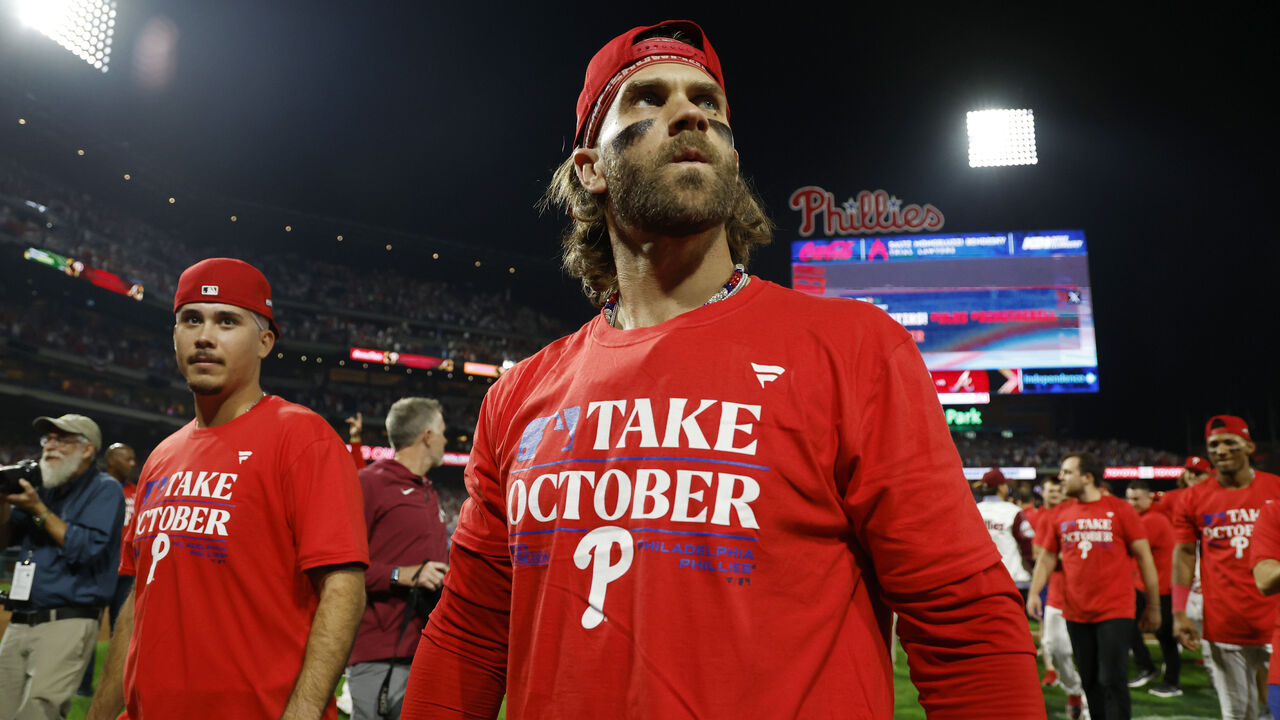
At third base, Alec Bohm - who was worth minus-40 DRS relative to MLB average over the last three years - improved to league average.
Johan Rojas logged more innings in center field where he's an above-average defender, allowing Brandon Marsh to spend more time flanking him in left. In turn, that allowed Kyle Schwarber, a poor defender, to spend most of his time at DH. Philadelphia made a 25-DRS turnaround in left field alone (plus-12 from minus-13 in 2023).
The Phillies might be the most balanced team remaining, and FanGraphs gives them the best chance to win it all (19.6%).
American League
No. 1 New York Yankees
Only one team in MLB history featured two teammates who produced double-digit bWAR: the famed 1927 Yankees with Babe Ruth (12.6) and Lou Gehrig (11.9).
Legend has it that Ruth's and Gehrig's incredible batting practice performances demoralized the Pittsburgh Pirates before they even stepped on the field for the World Series, where the Yankees swept them in four games.
This year, Aaron Judge (10.8 bWAR) and Juan Soto (7.9) fell just shy of landing in the top-five duos of all time. If they can both perform at the top of their games in October, they'll pose a huge challenge for opponents.
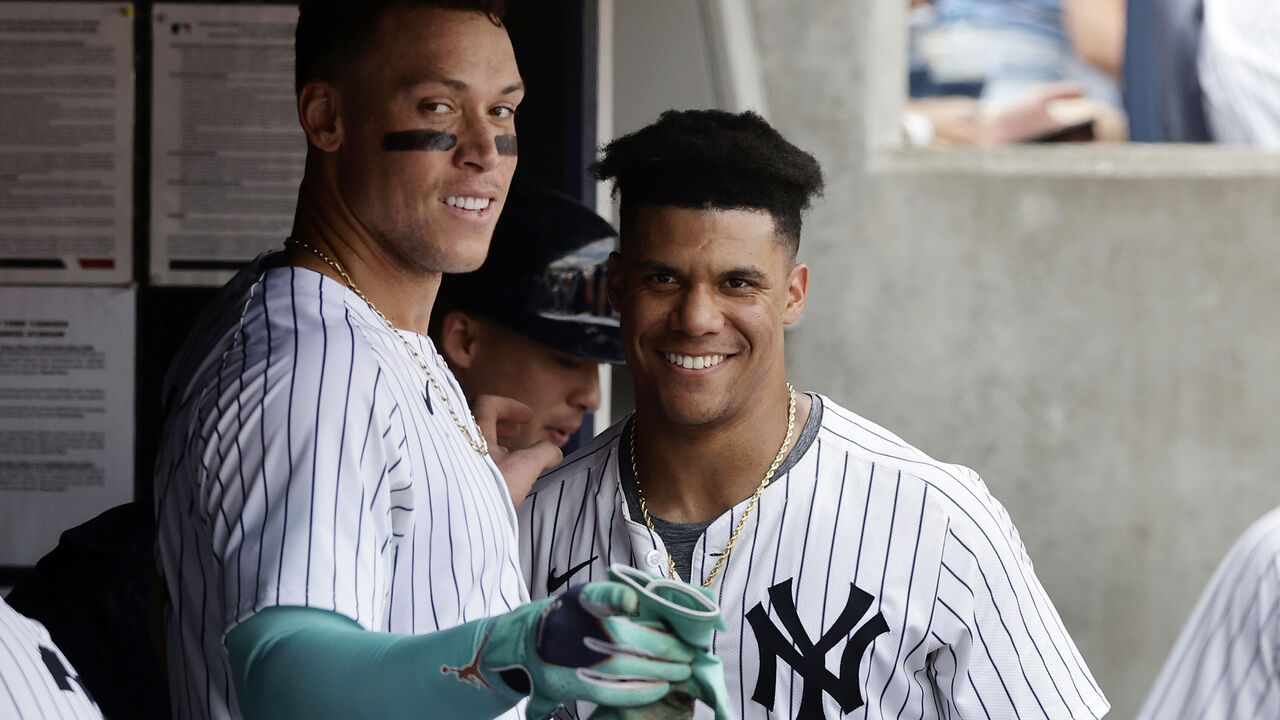
The Yankees enter the postseason with the AL's most fearsome one-two punch, and they're right there with the Dodgers in terms of top-end star power. Of course, this is a team sport, and two great players can't win a title by themselves. The '27 Yankees had five position players who compiled more than 7.0 WAR.
To support Judge and Soto, the Yankees need contributions from their next tier of hitters, including Anthony Volpe, Austin Wells, and Jazz Chisholm Jr.
New York also needs solid performances from its secondary arms behind Game 1 and 2 starters Gerrit Cole and Carlos Rodón. Yankees starting pitchers ranked 18th in ERA (4.22) and 16th in xFIP (4.11) in the second half of the season.
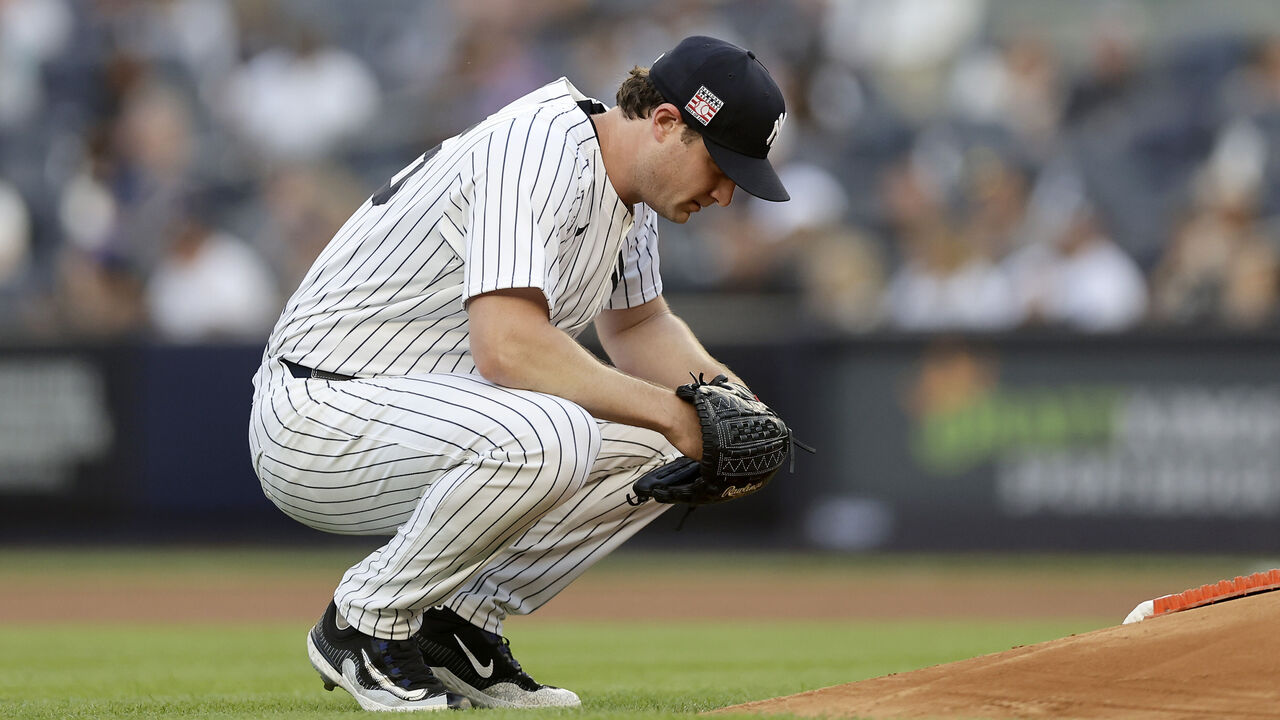
Luis Gil or Clarke Schmidt could get the ball for Game 3. Gil won 15 games, but his command issues (5.6 walks per nine in the second half) make him a possible liability, and his ERA (3.50) being a full run lower than his xFIP (4.35) suggests he's benefited from good fortune. Schmidt allowed seven runs in 9 1/3 innings across in his final two starts.
The Yankees led the AL in run differential (plus-147), and they have the stars. But their supporting cast will determine whether they can go all the way.
No. 2 Cleveland Guardians
The Guardians appear to have overachieved, earning a first-round bye despite tying for the 10th-best run differential in MLB.
There aren't many household names on the roster. Only two of their position players cracked the top 70 in WAR, and they've got a single starting pitcher in the top 100.
But one area of a roster allows a team to outperform expectations, and that's an elite bullpen. Cleveland's 2024 bullpen is MLB's best by Win Probability Added dating back to 1974.
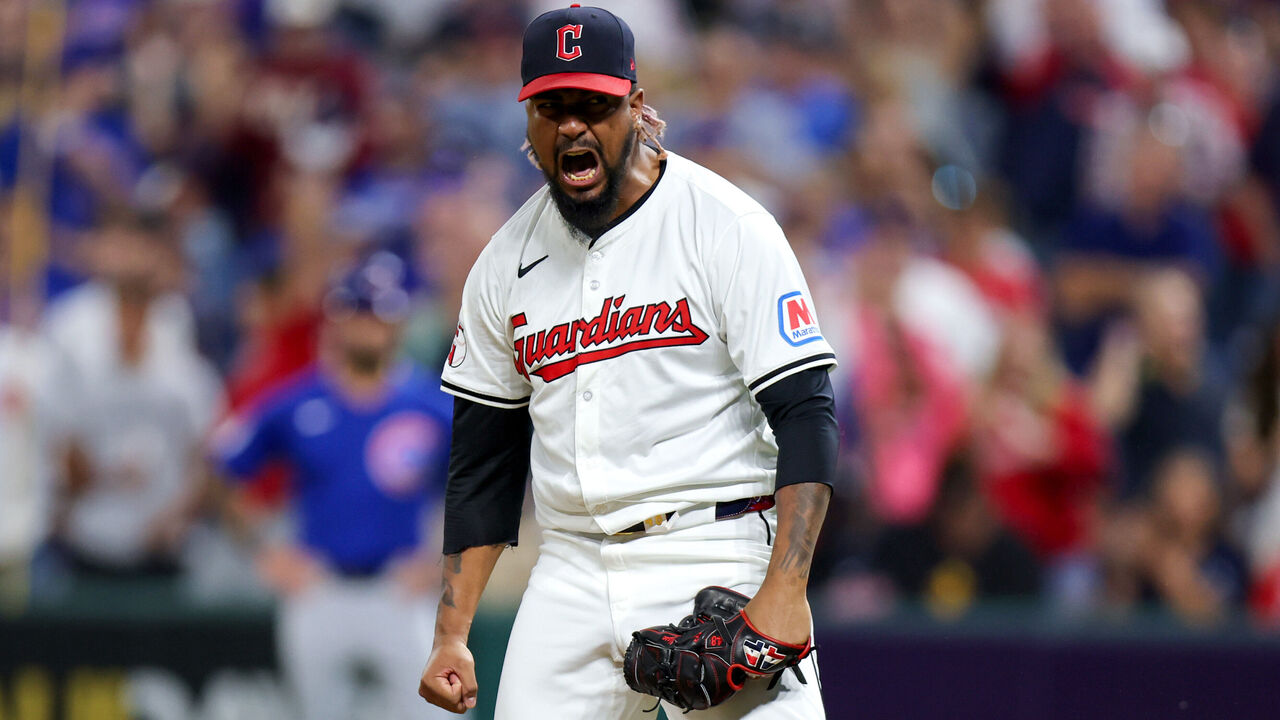
That explains why the Guardians have the most comeback wins in the AL and the lowest percentage of blown saves. When games are close late, closer Emmanuel Clase and setup men Cade Smith and Hunter Gaddis give the Guardians an edge.
That's a valuable superpower considering a club's best arms pitch an even greater share of innings in October. And in recent postseasons, relievers have taken on an even bigger workload: Last year, relievers accounted for 42% of regular-season innings but 46.2% of postseason innings. In 2020 and 2021, starters - for the first time - pitched fewer than half of the playoff innings.
But Cleveland needs bigger contributions from other areas of the roster to win its first World Series since 1948.
The starting rotation has to be competent enough to keep the club within striking distance in order to capitalize on the strength of the bullpen. After Tanner Bibee, the Guardians' Game 1 starter, there are a lot of questions.
Cleveland is also counting on its erratic offense to heat up and give superstar third baseman José Ramírez some help.

Steven Kwan hit .400 for a couple of months and then went ice-cold, batting .206 in the second half and .195 in September. David Fry was an unlikely All-Star but his bat, too, went silent in the second half. Josh Naylor experienced a recent power outage after a breakout first half.
The Guardians picked up an outfield regular in Lane Thomas at the trade deadline. He's a quality addition, but he's best deployed as a platoon player based on his below-average splits against right-handed pitching.
Perhaps Cleveland's offense can get a boost from rookie Kyle Manzardo, a top prospect who came over in the Aaron Civale trade last summer.
Since his recall at the start of September, Manzardo has tapped into his pull-side power and more consistently put together competitive plate appearances. After struggling in his first stint at the major-league level (59 wRC+), he excelled in his second (147 wRC+).
Seeding also matters a lot for the Guardians; the club owns one of the best home-field records, trailing only the Phillies and Dodgers. Cleveland is loaded with left-handed batters, and the renovations that removed part of Progressive Field's upper deck made the ballpark factors more favorable to lefty hitters.
Travis Sawchik is theScore's senior baseball writer.